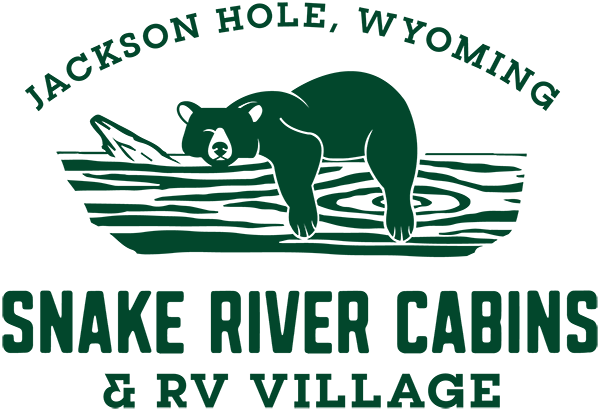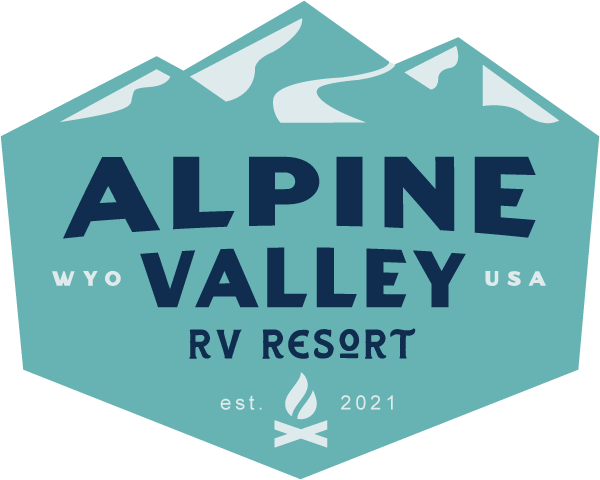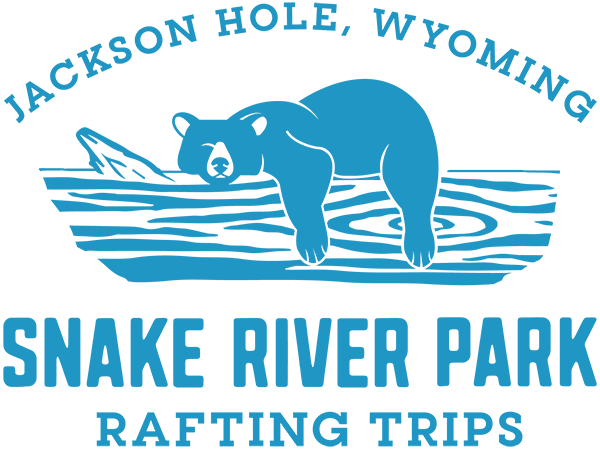How Much Do You Know About Snake River Rapids Classification?
In order to understand the classification of the rapids that you will be undertaking on your Snake River whitewater rafting trip, it’s important to know what this rapids classification system means: how each class is described and what it entails. This information is extremely useful, especially when whitewater rafting with kids on a family rafting trip. Know before you go!
The International Scale of River Difficulty
The international scale of river difficulty is an American system used to rate the difficulty of navigating a stretch of river, or a single rapid.
Class I Rapids
Fast moving water with riffles and small waves. Few obstructions, all obvious and easily missed with little training. Risk to swimmers is slight; self-rescue is easy.
Class II Rapids: Novice
Straightforward rapids with wide, clear channels which are evident without scouting. Occasional maneuvering may be required, but rocks and medium-sized waves are easily missed by trained paddlers. Swimmers are seldom injured and group assistance, while helpful, is seldom needed. Rapids that are at the upper end of this difficulty range are designated “Class II+”.
Class III: Intermediate
Rapids with moderate, irregular waves which may be difficult to avoid and which can swamp an open canoe. Complex maneuvers in fast current and good boat control in tight passages or around ledges are often required; large waves or strainers may be present but are easily avoided. Strong eddies and powerful current effects can be found, particularly on large-volume rivers. scouting is advisable for inexperienced parties. Injuries while swimming are rare; self-rescue is usually easy but group assistance may be required to avoid long swims. Rapids that are at the lower or upper end of this difficulty range are designated “Class III-” or “Class III+” respectively.
Class IV: Advanced
Intense, powerful but predictable rapids requiring precise boat handling in turbulent water. Depending on the character of the river, it may feature large, unavoidable waves and holes or constricted passages demanding fast maneuvers under pressure. A fast, reliable eddy turn may be needed to initiate maneuvers, scout rapids, or rest. Rapids may require “must” moves above dangerous hazards. Scouting may be necessary the first time down. Risk of injury to swimmers is moderate to high, and water conditions may make self-rescue difficult. Group assistance for rescue is often essential but requires practiced skills. A strong eskimo roll is highly recommended. Rapids that are at the lower or upper end of this difficulty range are designated “Class IV-” or “Class IV+” respectively.
Class V: Expert
Extremely long, obstructed, or very violent rapids which expose a paddler to added risk. Drops may contain** large, unavoidable waves and holes or steep, congested chutes with complex, demanding routes. Rapids may continue for long distances between pools, demanding a high level of fitness. What eddies exist may be small, turbulent, or difficult to reach. At the high end of the scale, several of these factors may be combined. Scouting is recommended but may be difficult. Swims are dangerous, and rescue is often difficult even for experts. A very reliable eskimo roll, proper equipment, extensive experience, and practiced rescue skills are essential. Also, because of the large range of difficulty that exists beyond Class IV, Class 5 is an open-ended, multiple-level scale designated by class 5.0, 5.1, 5.2, etc… each of these levels is an order of magnitude more difficult than the last.
Class VI: Extreme and Exploratory Rapids
These runs have almost never been attempted and often exemplify the extremes of difficulty, unpredictability and danger. The consequences of errors are very severe and rescue may be impossible. For teams of experts only, at favorable water levels, after close personal inspection and taking all precautions. After a Class VI rapids has been run many times, its rating may be changed to an apppropriate Class 5.x rating.
Our 8-Mile Stretch of Whitewater Rafting the Snake River
On a scale from I-VI, the rapids on the Snake River are class II-III during normal water flows. During the springtime runoff (typically the first couple weeks in June), we do have waves that can get up to a class IV. When the Snake River gets up to these levels, our minimum age limit for whitewater rafting may change. We do suggest that if you are planning a trip for the first couple weeks of June and you are whitewater rafting with kids, to give us a call to make sure that our age limit has not been raised. These are the classifications of the rapids on our 8-mile stretch of whitewater rafting on the Snake River according to the American Whitewater:
- Station Creek (Class II+, Mile 0.7)
- Double D (Class III, Mile 1.8)
- Haircut Rock (Class III, Mile 2.2)
- Blind Canyon rapid (Class II+, Mile 4.8)
- Big Kahuna (Class III+, Mile 5.1)
- Lunch Counter (Class III, Mile 5.2)
- Rope (Class III, Mile 5.7)
- Champagne (Class III, Mile 6.3)
- Cottonwood (Class III, Mile 6.8)
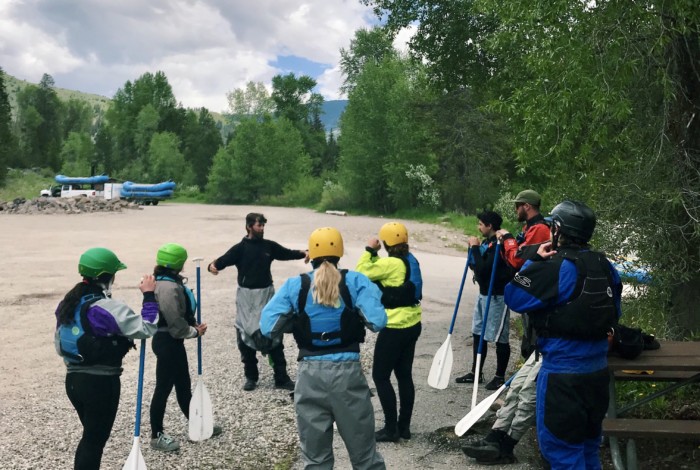
Whitewater Rafting Guide Training 101
What Makes Your Whitewater Rafting Trip Unique? We all know that whitewater rafting is a blast for the entire family, but what is it that makes your trip unique and different than all the others? It’s your guide! Most people...
Read More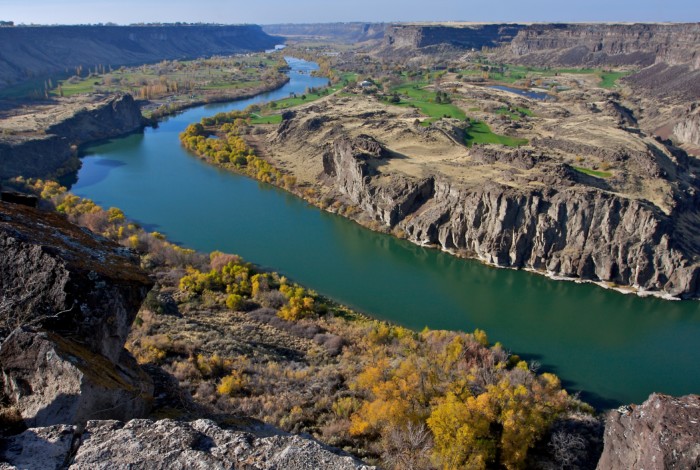
How the Snake River Got Its Name
The Snake River Doesn’t Have Snakes! Have you ever wanted to take a rafting trip on the Snake River but you were scared because of the name of the river? Have no fear! As it turns out, the Snake does not...
Read More